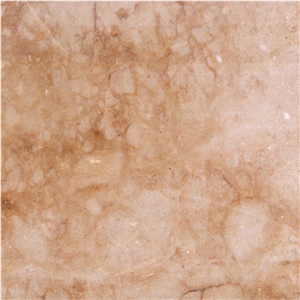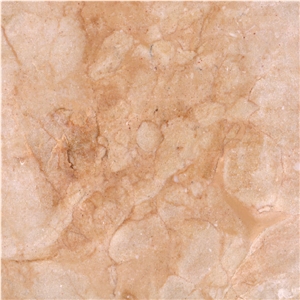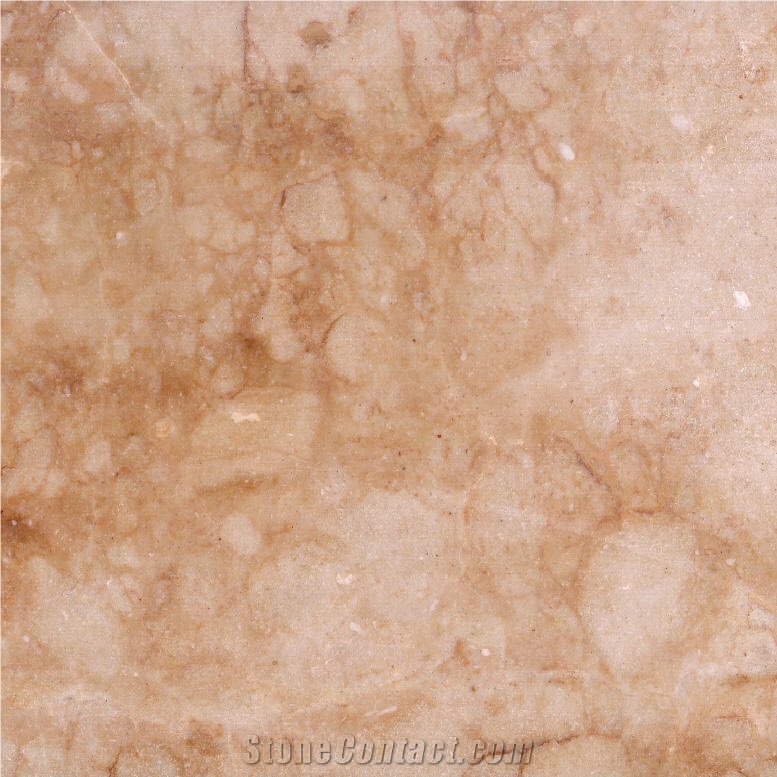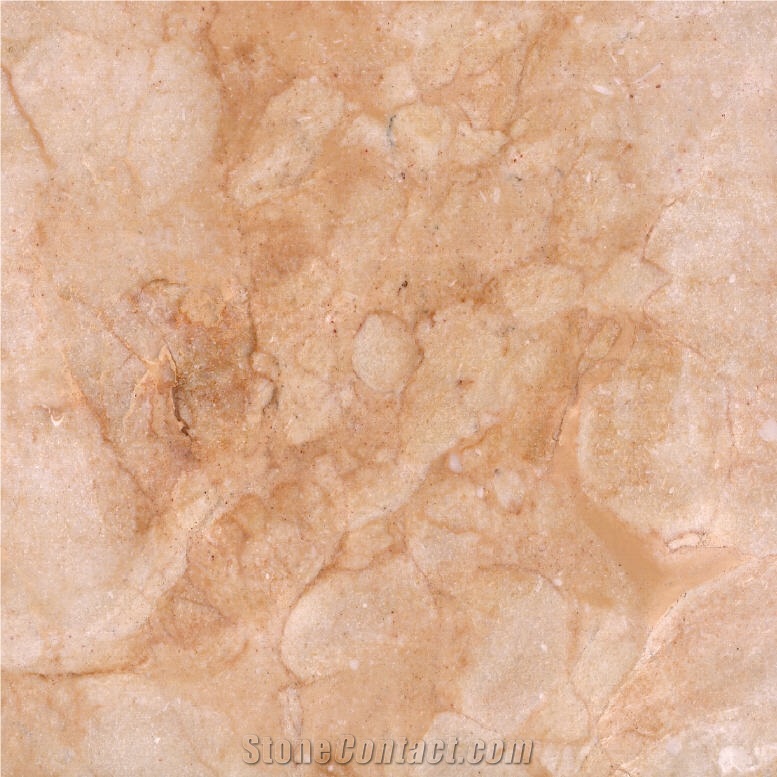Marigold Marble
 Egypt
(Suez, El-Galala El- Bahareyia Mountain)
Egypt
(Suez, El-Galala El- Bahareyia Mountain)
Marigold Marble is a medium grain light creamy beige with golden shades colored sedimentary rock quarried in Egypt. This stone is especially good for Building stone,countertops, sinks, monuments, pool coping, sills, ornamental stone, interior, exterrior, wall, floor , paving and other design projects. It also called Marigold Beige Marble,Galala Classic Marble,Egyptian Beige,Galala Marble, Mari Gold Marble, Mare Gold Marble, in China stone market:埃及米黄(āijí mǐhuáng) . Marigold Marble can be processed into Polished, Sawn Cut, Sanded, Rockfaced, Sandblasted, Tumbled and so on.

How do I choose grout color for Marigold Marble mosaic?

Can I cut on Marigold Marble?

What grade is Egypt's Marigold Marble?

Does Marigold Marble countertop crack easily?

How can I protect Marigold Marble countertops when cooking?

Can I restore damaged Marigold Marble staircase?

Can Egypt's Marigold Marble be used outdoors?

What is the thickness of Marigold Marble mosaic tiles?

Can I buff out scratches on Marigold Marble countertop?

How thick is Marigold Marble in mm for bathroom top?

What is the standard thickness of Marigold Marble countertops?

What happens if I don't seal Marigold Marble countertops?

Can Egypt's Marigold Marble be used in a kitchen?

Can I fix a chip in Marigold Marble countertop?

Does thickness of Marigold Marble stair risers matter?

What color grout goes best with Marigold Marble tile?

Can Egypt's Marigold Marble be used exterior applications in cold climates?

Is it safe to put hot pans on Marigold Marble countertops?

How can I fix a water damaged Marigold Marble countertop?

How thick is Egypt's Marigold Marble slabs?

Do I need to put plywood under Marigold Marble countertops?

Is Egypt's Marigold Marble an expensive stone?

What is the size of a standard Marigold Marble mosaic tile?

What cabinet color goes with Marigold Marble?

Are there color variations of Egypt's Marigold Marble?

Can Egypt's Marigold Marble be used in floor coverings?
The request includes: 1. surface finished, size 2. quantity required











 United Kingdom
United Kingdom China
China